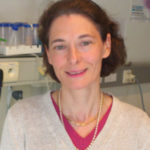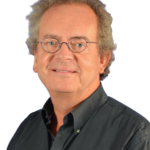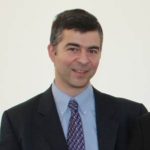Description
The Service of Molecular Virology of the Faculty of Sciences at the Université Libre de Bruxelles (ULB), headed by Carine Van Lint, FNRS Research Director, has been studying the molecular mechanisms that regulate HIV-1 gene expression for many years. Such a basic understanding of the molecular mechanisms responsible for HIV-1 latency could allow the design of novel alternative or complementary therapeutic strategies that would force the virus to leave this latent state.
One of the mechanisms of HIV-1 persistence is DNA methylation, a chemical modification of DNA that locks the expression of viral genes in a stable but reversible manner. If DNA methylation of viral genes was known, including in people with HIV, how DNA methylation occurred in HIV-1 genes was not fully understood. Research conducted by Carine Van Lint (ULB), in the context of the RHIVIERA program, has shown that the cellular protein UHRF1 is involved in the maintenance of HIV-1 latency, notably by recruiting the DNA methylation machinery to the viral genome. Indeed, inhibition of UHRF1 (by molecular or pharmacological manipulation) provokes the reactivation of HIV-1 in the cellular reservoirs, which can then be detected and eliminated by the immune system.
These findings have enabled ULB researchers to propose a new therapeutic strategy to complement current anti-HIV treatment. Indeed, they have demonstrated that anti-UHRF1 molecules, used in anti-cancer therapies, can “wake up” the silent virus and thus force the latent virus to come out of its reservoirs. In particular, the researchers have demonstrated that the major polyphenolic compound of green tea, Epigallocatechin-3-gallate (EGCG), a known inhibitor of UHRF1, reactivates HIV-1 from latency. EGCG, which can be safely administered to humans, reactivates viral expression in ex vivo cultures of reservoir cells isolated from the blood of people with HIV under antiretroviral therapy. These results are encouraging for the development of innovative anti-HIV therapies based on UHRF1 inhibition.
These results were published in the journal eBioMedicine on May 1st, 2022.
Keywords: HIV, latency, UHRF1, new therapies, viral reactivation
